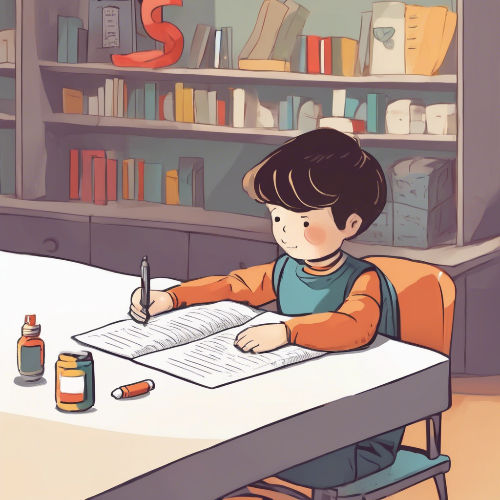Phonics Screening Check - A summary for parents
- Teach Quick
- Mar 27
- 2 min read
The Phonics Screening Check is an assessment designed to evaluate children's phonics skills, which are essential for reading.
Here’s what you need to know:
What is the Phonics Screening Check?
The Phonics Screening Check is a brief assessment that takes place in Year 1 at the end of the academic year, during the Summer Term.
It consists of 40 words, including:
Real words
Alien (nonsense) words
Purpose of the Check
The primary aim is to ensure that children can decode words using their phonics knowledge. This helps identify those who may need additional support in their reading development in Year 2 and beyond.
What to Expect
The check is conducted one-on-one with a teacher / familiar adult
It takes about 10-20 minutes to complete on average
Children will read a mix of real and nonsense words to demonstrate their phonics skills.
Children will be encouraged to sound and blend words.
The teacher / adult is not allowed to offer support or give children hints
Results
Parents will receive a report on their child's performance, indicating whether they met the expected standard. If a child does not meet the standard, additional support will be provided to help them improve.
The pass mark in previous years has been consistently 32 out of 40. It is not known whether this will be the same pass mark in 2025.
How to Support Your Child
Read, read, read! Reading every night makes a significant difference.
Encourage reading at home using phonics-based books.
Practice blending sounds together to form words.
Engage in fun phonics games and activities.
The Phonics Screening Check is a valuable tool to help ensure that children are on track with their reading skills. By understanding the check and supporting your child's learning at home, you can play an important role in their literacy development.
If your child does not pass the phonics screening check, this is not an immediate reflection on your child's ability to read. Sometimes children do not perform at their best in test conditions, no different to adults.
Speak with your child's teacher or school if you have any concerns or worries.




Comments